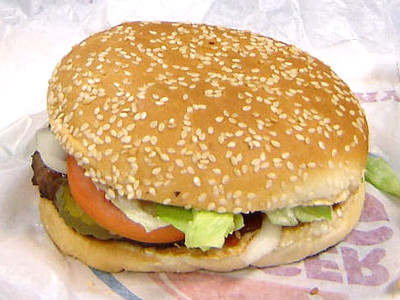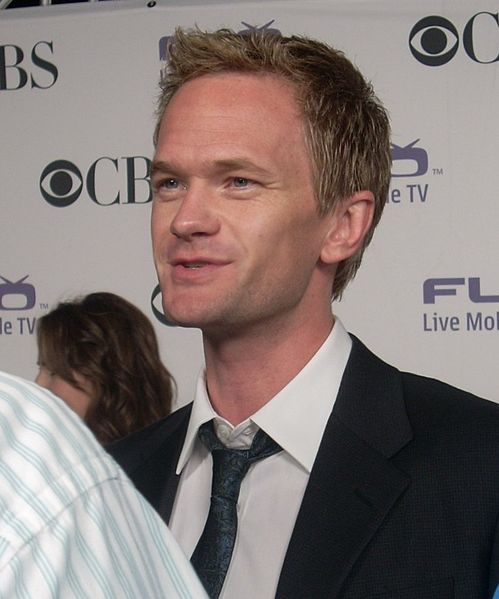Paultz debuted for the ABA’s New York Nets in 1970-71, averaging 15 and 11 his rookie season. He never really got much better, or maybe he got better at roughly the same rate as the ABA, but remained an efficient scorer, capable rebounder, and excellent shot blocker for the next nine years with the Nets and Spurs, by which time the ABA was history. He moved to the NBA and begun to decline by the early 80s, and starting bouncing around the league, going from the Spurs to the Rockets, back to the Spurs, to the Hawks, and finally to the Jazz before retiring in 1985.
While in the ABA, Paultz played for a couple of mediocre Nets teams before Dr. J joined the franchise in 1973-74, and the Nets won their first championship, with Paultz (16 and 10), Larry Kenon, and Brian Taylor anchoring the supporting cast. Paultz was traded after the 1975 season to San Antonio, where he joined former teammate Larry Kenon (acquired by the Spurs in a separate trade), George Gervin, and James Silas. In the ABA's final season, the Spurs won 50 games, but lost to the Nets in the playoffs. San Antonio would join the NBA the next year, and would remain a solid team with an excellent offense, but their poor defense would doom them in the playoffs each year (of course it feels strange to write that now). While there was plenty of blame to go around for San Antonio’s defensive failures, Paultz wasn't immune to criticism of his defense. He was a good shot blocker, but, as Dan Pattison wrote, "His biggest weakness stems from the fact he doesn't stop anyone on defense." The Whopper was just too slow and unathletic to play effective man to man against many of the league's centers.
But Paultz was a man who knew his limitations and knew what he could do. As he once said, "I'll never be an Artis Gilmore," he said, "but I think I can do the exact same things a Beaty does." A bit more optimistically, "I have realized that I'm not an overpowering type center. I don't really know what my category is. I have always been the type of player that can do a little bit of everything." And Paultz was a good player. His well rounded offensive game, including a very good jump shot, and shot-blocking ability made him a very valuable player for nearly a decade. (And Zelmo Beaty was a good player, so it's not like Paultz was being too harsh on himself.)
After retiring, Paultz didn't seem to have a second career in basketball as a coach or announcer. The Whopper was co-owner of a Long Island restaurant called the Salty Dog, although I can't find any evidence that that particular restaurant still exists.
Today's Billy Paultz…As indicated earlier, Paultz is somewhat similar to Zydrunas Ilgauskas and Brad Miller. All three are good jump shooters, decent rebounders, and mediocre defenders. Paultz was a better shot blocker than Miller, and a better passer than Ilgauskas (although a worse passer than Miller).
Here is a 50 second Billy Paultz highlight clip, from Paultz's days with the Rockets, courtesy of YouTube, which includes a clip of Paultz blocking a Larry Bird layup. Unfortunately, I cannot really direct you to more frivolous Billy Paultz-related links, as Paultz never really had much of a cultural impact other than his association with a sandwich.Which is kind of a shame.

